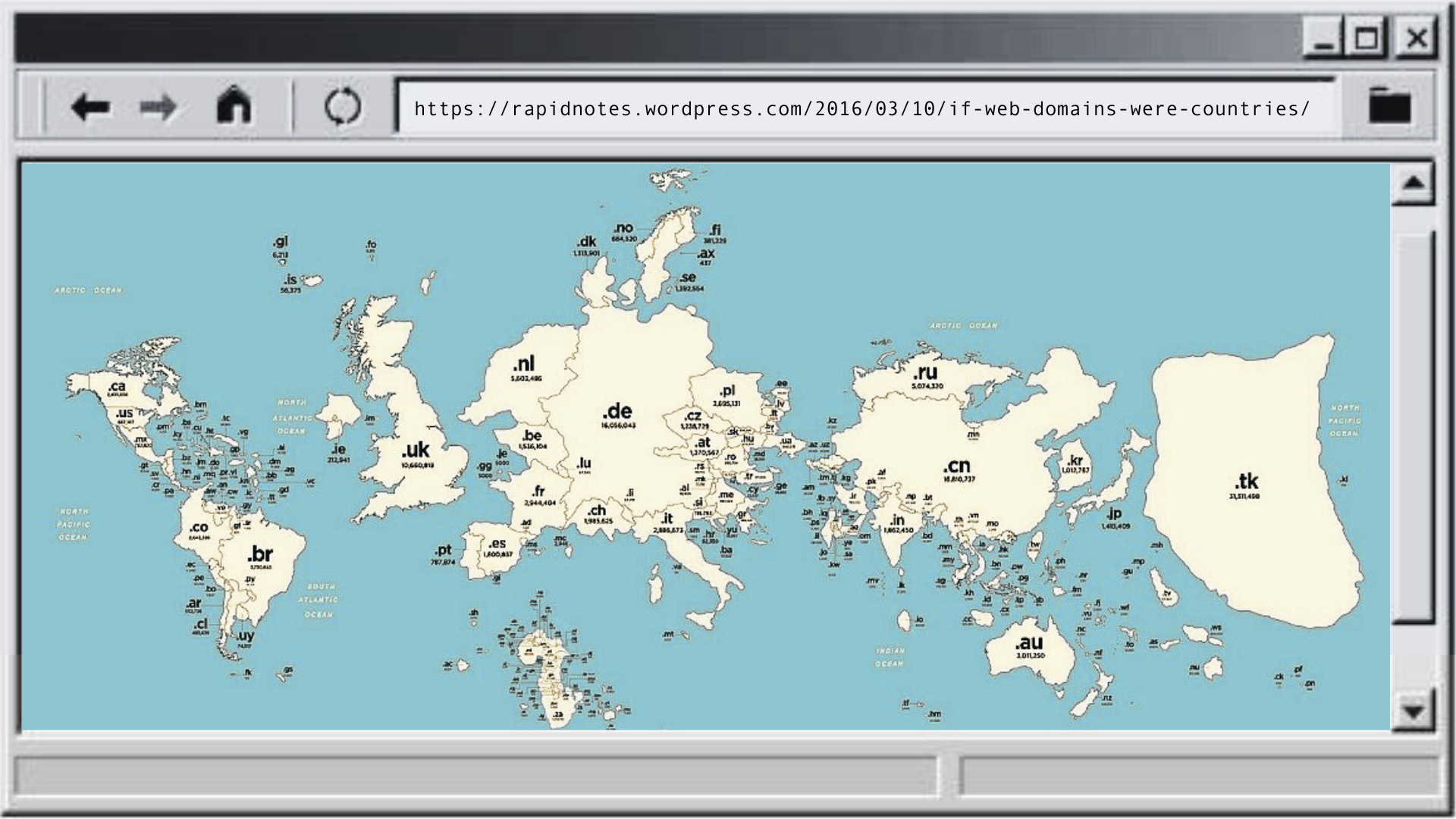The Internet Has Borders
Seeds
The Internet Has Borders
Clouds, cables and country codes: why digital infrastructure is anything but neutral – and what it means to build a website in a fractured world.

Clouds, cables and country codes: why digital infrastructure is anything but neutral – and what it means to build a website in a fractured world.
